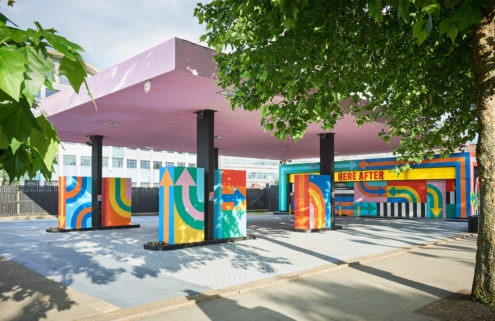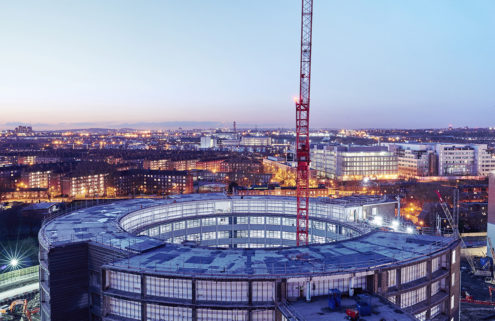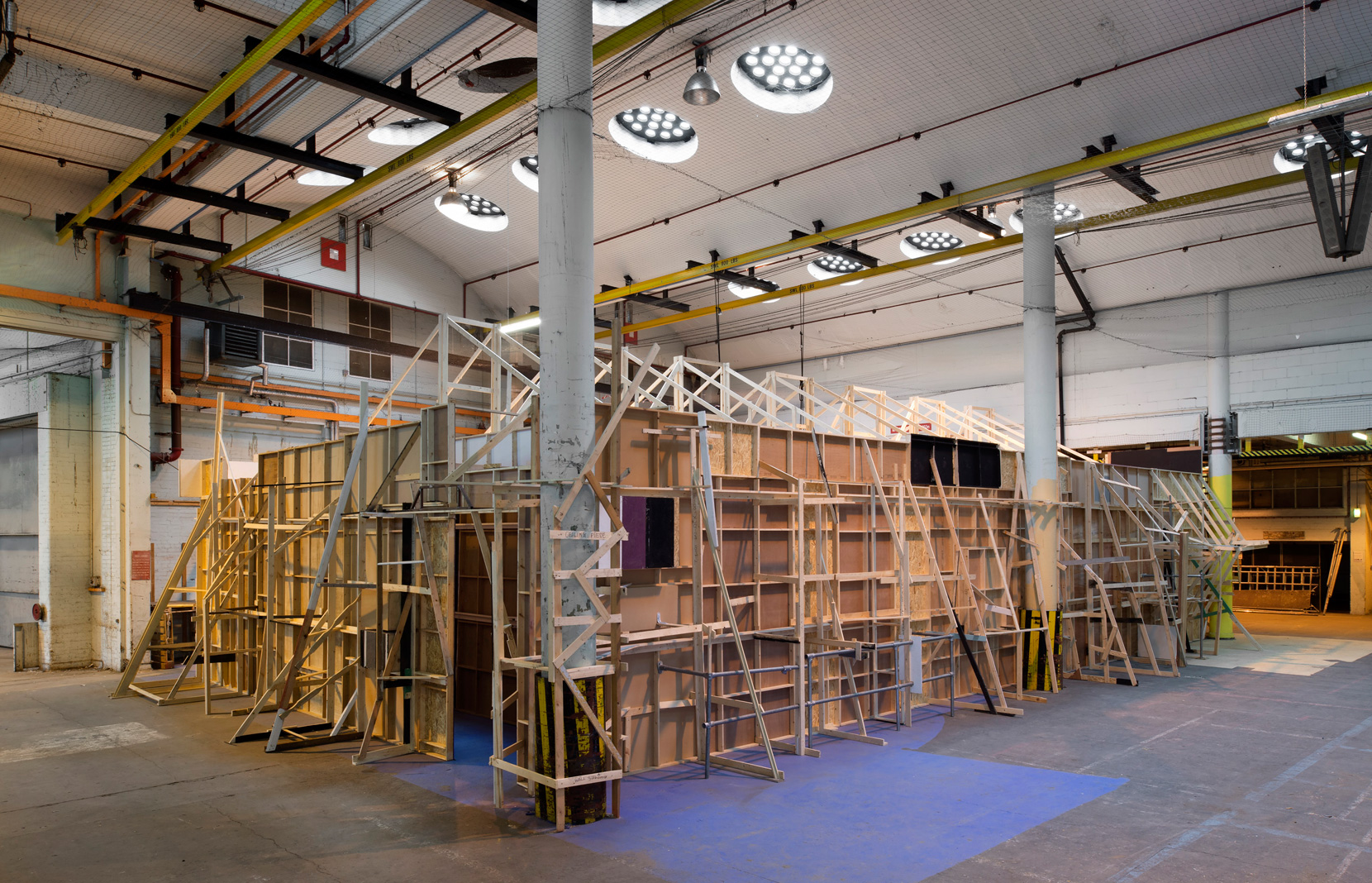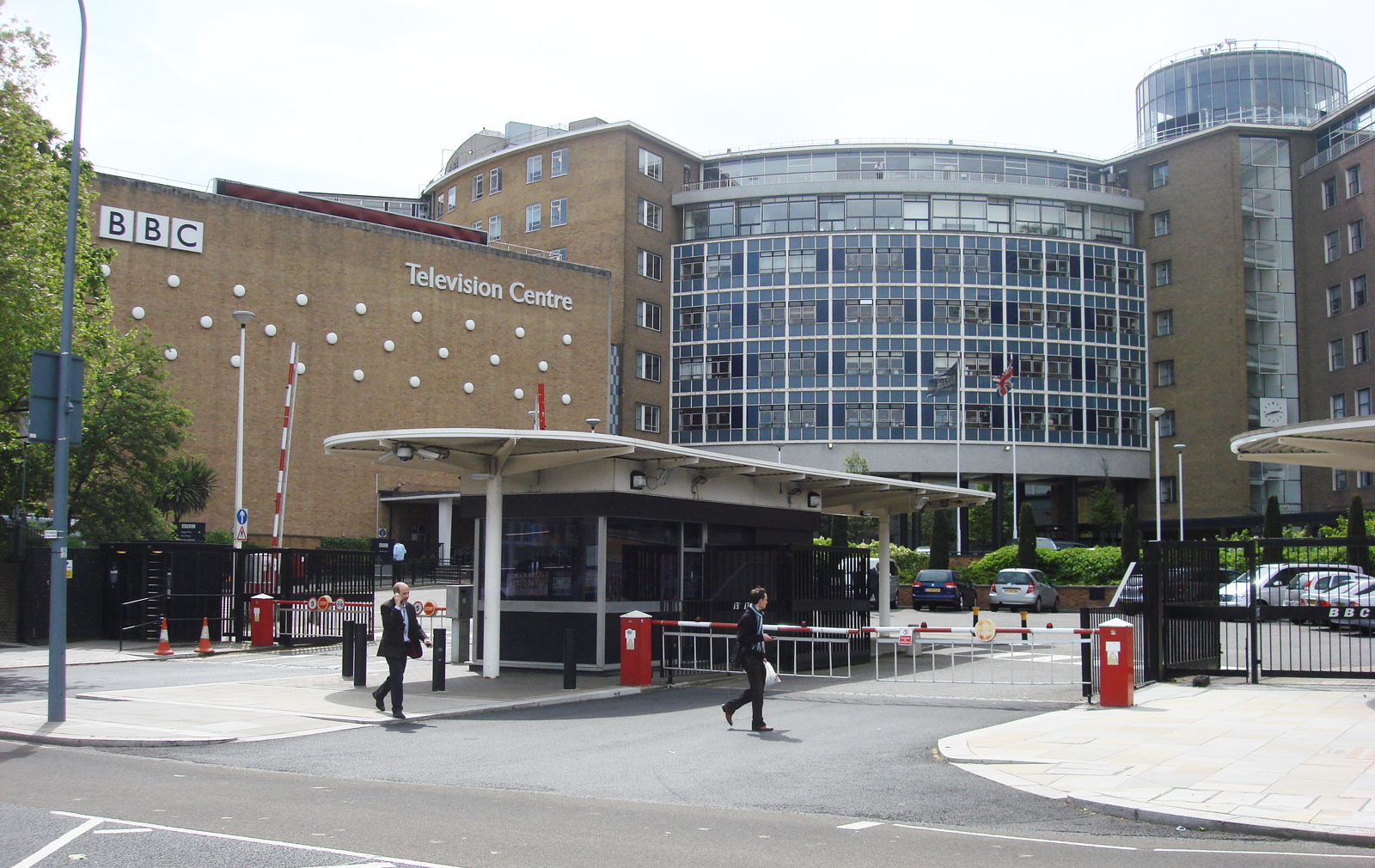
If you know the work of Ben Rivers, you’ll know he experiments with the grainy limitations of 16mm film in often mysterious worlds that only fringe figures inhabit. True to form, his latest work explores the Moroccan Sahara in the shadow of two intrepid artists.
The first is the late American author Paul Bowles, who translated the narratives of Moroccan storytellers like Mohammed Mrabet. The second is fellow filmmaker Oliver Laxe, who spent a doomed two years shooting his own desert film.
In The Two Eyes Are Not Brothers, Rivers layers his own footage against the BBC’s abandoned Television Centre, a rusting shell now propped with a series of mini-cinemas. To experience it, visitors transport themselves to a world 2,000 miles away in distance and spirit. The work, commissioned by Artangel, will be released later this year as a feature film.
We spoke with Rivers at the Television Centre ahead of the launch.
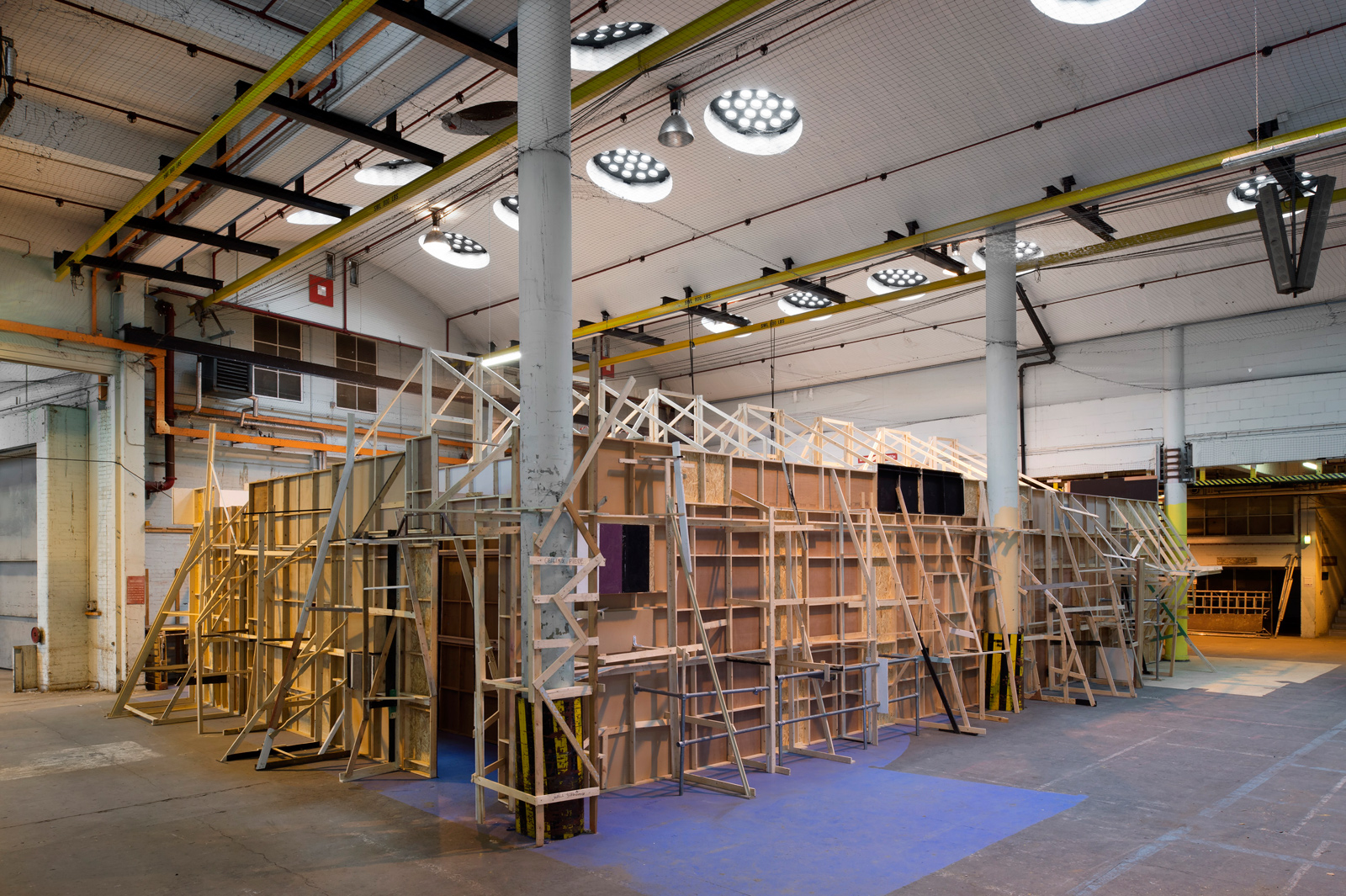
What was your journey leading into this project?
It began with a literary obsession with Paul Bowles and Mohammed Mrabet. I wanted to work with these two writers through Bowles’ translation of Mrabet. At the same time I wanted to produce something that was part of this small genre of films about filmmaking.
In your documentary footage, you’ve reinterpreted Bowles, a professor of languages, as a film director, which is much closer to home.
It makes sense that Bowles would write about a linguist and I would make a film about a filmmaker. But this project is a fragmented, exploded spider diagram of a work. I felt the feature film should follow a simpler narrative, so it moves from being about Oliver making his film into this fictional world I constructed.
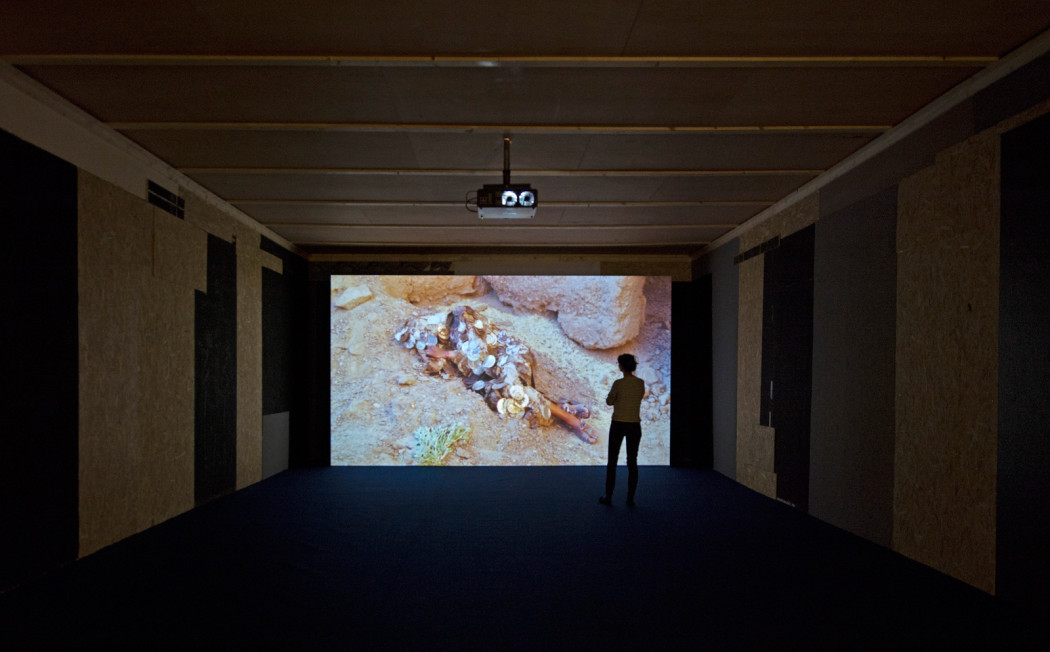
Installation view of The Two Eyes are Not Brother, 2015 by Ben Rivers
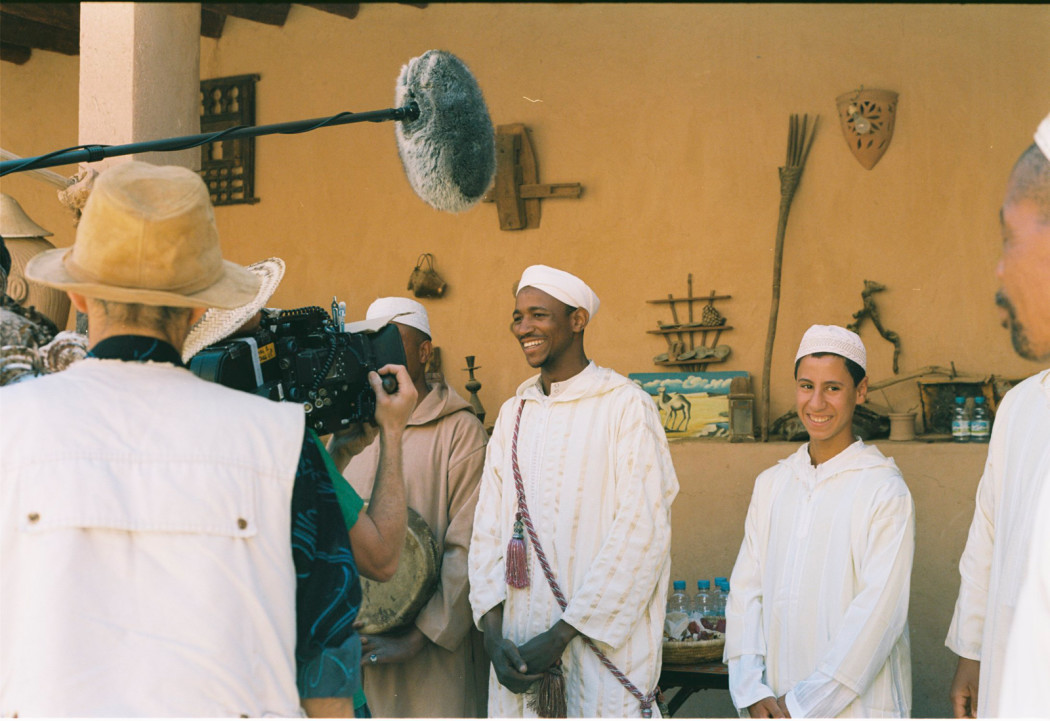
Filming The Two Eyes are Not Brothers in Morocco. Photography: Yuki Yamamoto
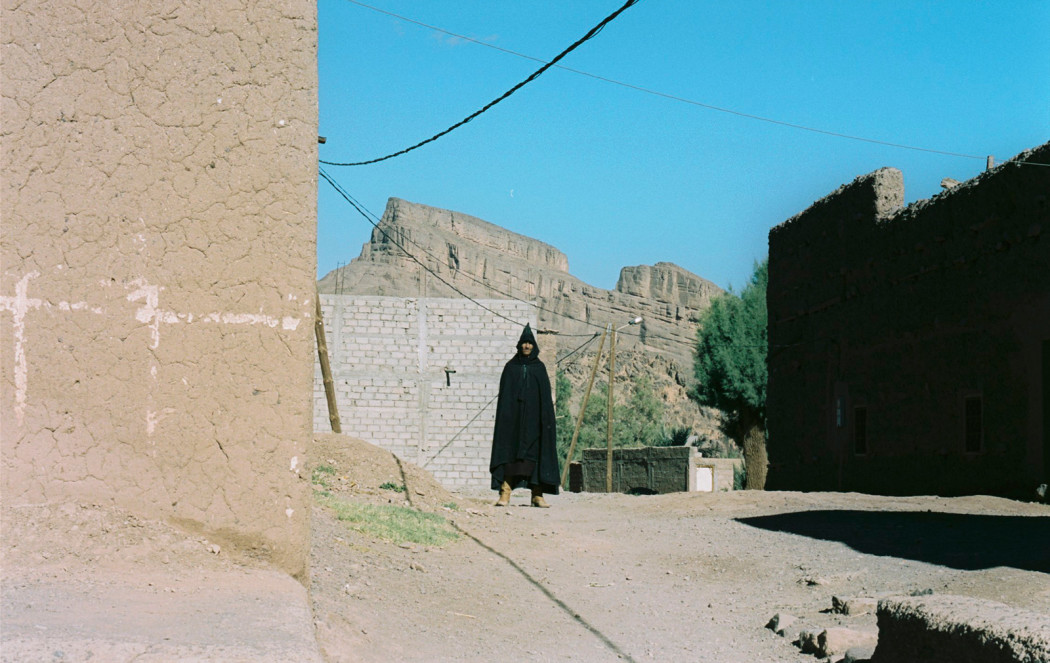
The Eyes are Not Brothers still. Photography: Yuki Yamamoto
Is there a specific story you’re telling with this collection of film extracts?
No. They’re meant to speak to one another in a non-linear way. They’re fragmented, so the viewers make connections between things depending on how they walk around it.
Tell us about transforming this dilapidated space into an experience that’s so foreign.
This space is a beautiful found object, a space where they built sets, where ‘world-making’ happened. I was pretty struck by the strong history written in the peeling paint. My fabricated cinemas are very much influenced by abandoned sets I saw in Morocco, where you can see their construction from behind. The idea is that these worlds seep together.
Originally the developer told us there was no way we could show here in 2015, because the construction would make it impossible by then. It’s been a real challenge, for everyone, to allow an art project to co-exist with a major construction site. But in the end it’s added to the feel.
‘The Two Eyes are Not Brothers’ runs from 26 June – 31 August


